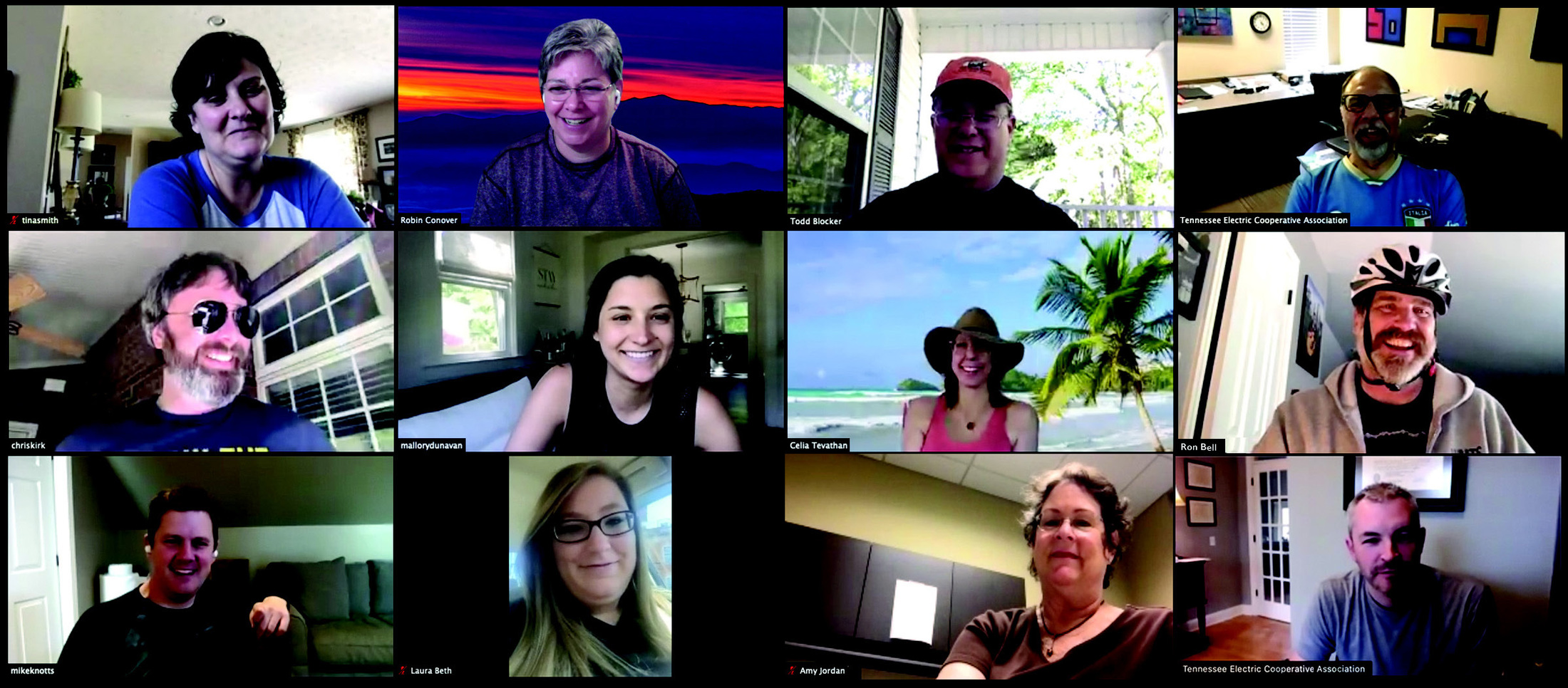The 111th General Assembly completed its final order of business for the year in the early morning hours Friday, June 19, after a marathon through-the-night session. The final hours were marked with plenty of disagreement between political parties and the two chambers.
The final act was headlined by a $39.4 billion budget that replaced and further trimmed one the legislature approved in March. The scaled back spending plan anticipates a $1 billion shortfall in fiscal year 2021 and, following a “stalemate” between the two chambers, eventually cleared the impasse in a conference committee.
The new budget closely resembled the one proposed by the governor and approved by the senate last week, reducing expenses for a number of priorities initially proposed by Governor Lee. That, of course, was before the state was physically and financially rocked by two devastating tornadoes and the COVID-19 pandemic. Below are a few notable cuts to the administration’s original list of priorities:
- reducing the Tennessee Broadband Accessibility Grant Fund from $25 million to $15 million;
- eliminating pay raises for teachers, state employees and legislators; and
- reducing funding for capital maintenance projects for state-owned properties and higher education, including $37 million worth of projects at the University of Tennessee and $9 million at the University of Memphis.
“Safe Harbor and Recovery Act” Stalls
A bill designed to encourage and stimulate economic activity, by increasing civil liability protection against coronavirus lawsuits against essential businesses and others that reopen amid COVID-19 uncertainty, stalled in the early hours Friday. Despite support from a broad coalition of interests representing business, healthcare, and education industry, the “Tennessee Recovery and Safe Harbor Act” ultimately failed because republicans in the two chambers vehemently disagreed on the legislation’s effective date.
Senate Republicans and industry supporters favored retroactive application of the legislation that dated back to early March. House members and opponents, including the Tennessee Trial Lawyers Association, fought hard against retroactivity and questioned the provision’s constitutionality. Notably, both sides relied on a 2010 opinion by former Tennessee Supreme Court Justice William Koch that addressed the constitutionality of retrospective laws in Tennessee.
Ultimately, Republicans in the two chambers held their ground following a conference committee that adopted the senate version. After a bipartisan attack on the bill’s retroactive application, the house fell four votes short of approving the conference committee report.
Co-op Priority Passes Both Chambers
Despite the last minute budget changes and acrimony caused by controversial legislation, the General Assembly did pass legislation clarifying that electric cooperatives may purchase the Powering Tennessee specialty license plate. Sponsored by Rep. Gary Hicks (R-Rogersville) and Sen Becky Massey (R-Knoxville), the bill was passed unanimously by both the House and Senate. Effective immediately upon the Governor’s signature (which is expected in the coming days), the law ensures that electric co-op vehicles weighing less that 9000 pounds and used for the purpose of passenger transport are eligible to purchase the plate. Proceeds benefit the Tennessee Lineworker Lifeline Fund, and each plate driving on Tennessee roads increases awareness of the important work performed by Tennessee’s 3,500 lineworkers.



